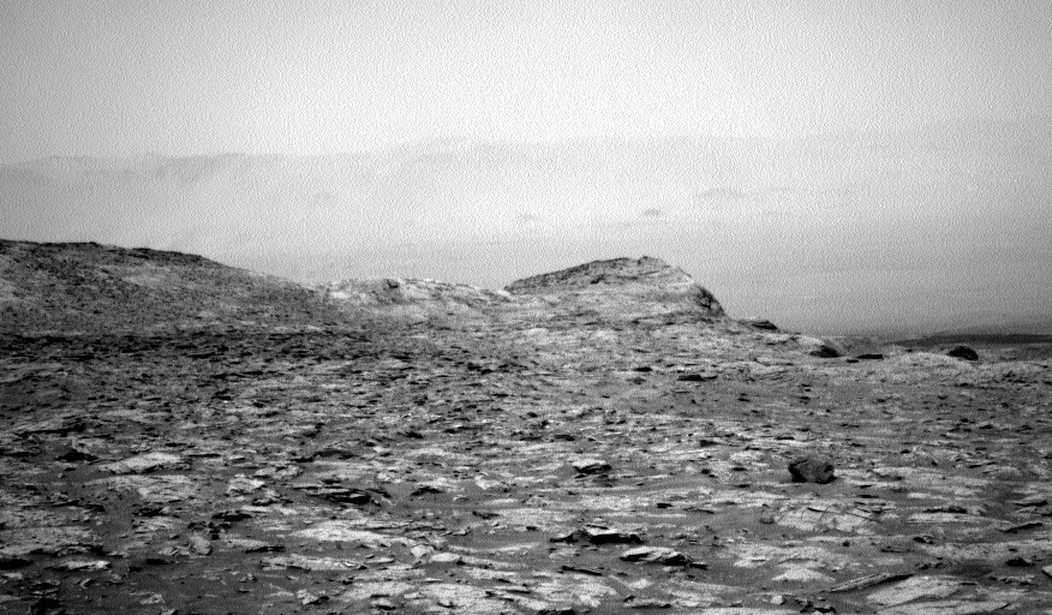There’s a reason that this subject is back in the news again and it involves an aspirational program that NASA has been developing for a while now named “Mission to Mars.” The timing is critical because in 2033, just ten years from now, there is a periodic convergence between Earth and the red planet that would allow a trip there and back home again in “only” 1.6 years, while at other points in our relative orbits, it could take several years longer. As it’s explained at Inverse, China is also planning a manned mission for the same year, so we may wind up in a new sort of space race.
In the coming decade, NASA and China plan to send the first crewed missions (astronauts and taikonauts) to Mars. Both agencies hope to send missions by 2033, coinciding with a Mars opposition, followed by additional missions in 2035, 2037, and after.
These missions will culminate with the creation of a Mars surface habitat that will enable future missions and research. Launch opportunities for these missions are limited because the distances between Earth and Mars vary considerably over time, ranging from about 56 million km (~35 million mi) to more than 400 million km (250 million mi).
The times when Earth and Mars are at their closest (known as a Mars opposition) only occur once every 26 months.
I’m a huge fan of space exploration, but even I find myself sitting here and thinking that it’s time to pump the brakes on this idea. There are quite a few reasons for this. First and foremost, the technology required to get a manned mission to Mars, land, spend thirty days on the surface (the planned period), take off from there again, and then back home to Earth is still in the planning phases. A recent study from NASA’s own Jet Propulsion Laboratory found the mission to be “not feasible” using the referenced architecture.
A separate analysis by the Science and Technology Policy Institute defined several of the proposed technologies to be used to be “high risk.” A number of other vital technologies being developed were classified as “medium risk.” That’s a lot of risk for a flight that will last longer than any humans have ever spent in space, traveling vastly further than we’ve ever sent people before. We’ve been learning a lot more about what the long-term health impacts are for astronauts thanks to the ISS, and the risks are significant.
Getting back to the technology, the margin for error is almost zero. When something goes wrong on the ISS (provided it’s not instantly catastrophic) we have options. NASA is constantly working on backup plans for emergencies, including having Elon Musk send up a rescue rocket. And there are always a couple of escape capsules attached to the station so they can drop back down into the atmosphere.
On Mars, as well as during the journeys there and back home, if even one mission-critical system fails, that’s it. You’re done. If you’re on the surface and fail to make it back into orbit, nobody will be coming along for the better part of a decade. Even in mid-flight, you’re not much better off. And there’s just so much that could go wrong.
Could we still do it? Maybe. We still have plenty of heroes with the right stuff who would no doubt sign up for this mission even if you only gave them a 20% chance of making it back alive. But what would it get us? Yes, there are things human hands can do that robots being controlled from the other side of the solar system can’t. But our robots have gotten pretty capable. And how much science will the astronauts realistically be able to accomplish in 30 days when a lot of their efforts will go into simply staying alive? Would we be doing it basically just to be able to say we did it?
Establishing a station there would be pretty awesome, I admit. But we should also remember that the habitat would be relying on technology to sustain the astronauts and in the end, technology always fails. If you get in trouble in a laboratory on Earth and you can make it outside, you’re probably going to be okay. There is no safe space on Mars. Once exposed to the conditions on the surface, you will experience a rapid and likely horrible death.
I’m not a scientist, but I trust the judgment of the real eggheads who have been studying this. It seems extremely premature to shoot for a 2033 launch and the costs would be astronomical (no pun intended) compared to a robotic mission. Surely NASA’s budget could be applied to something more practical and achievable for now.







Join the conversation as a VIP Member